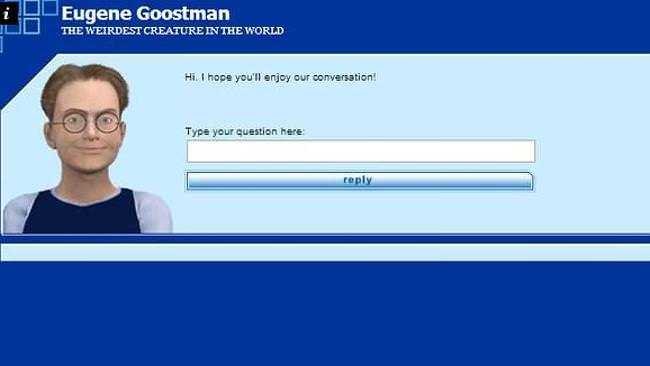Great news. A computer program has managed to fool a bunch of researchers and think it's an 13-time called Eugene Goostman. In this way, it was the first time in the world that some people successfully passed the Turing test.

The name of the test came from its pioneer computers Alan Turing. To pass a computer program the test, it must trick the 30 percent of judges into five minutes by answering chats. The project has never been achieved.
"Eugene" was created by a team of scientists in Russia, and passed the test organized by the University of Reading. He barely managed to fool one in three judges but it was enough to pass the test. It should also be noted that the chatbot pretended to be a 13-year-old boy, whose English was his second language.
Obviously it's an exciting discovery, but it's already critics who raise red flags for the impact it can have.
“Having a computer that can trick human thought, and have someone think they're talking to me people who trusts, is a call wake-up call for future cybercrimes,” said Kevin Warwick, visiting professor at the University of Reading.
Are there serious concerns about what the news means for online security in the future? For sure. But today after this, we should all understand that we have entered a new era information technologys.
Of course, it would be good to mention a very practical application of the proletterof Eugene Goostman. It could be used as a trap for the capture of pedophiles.





